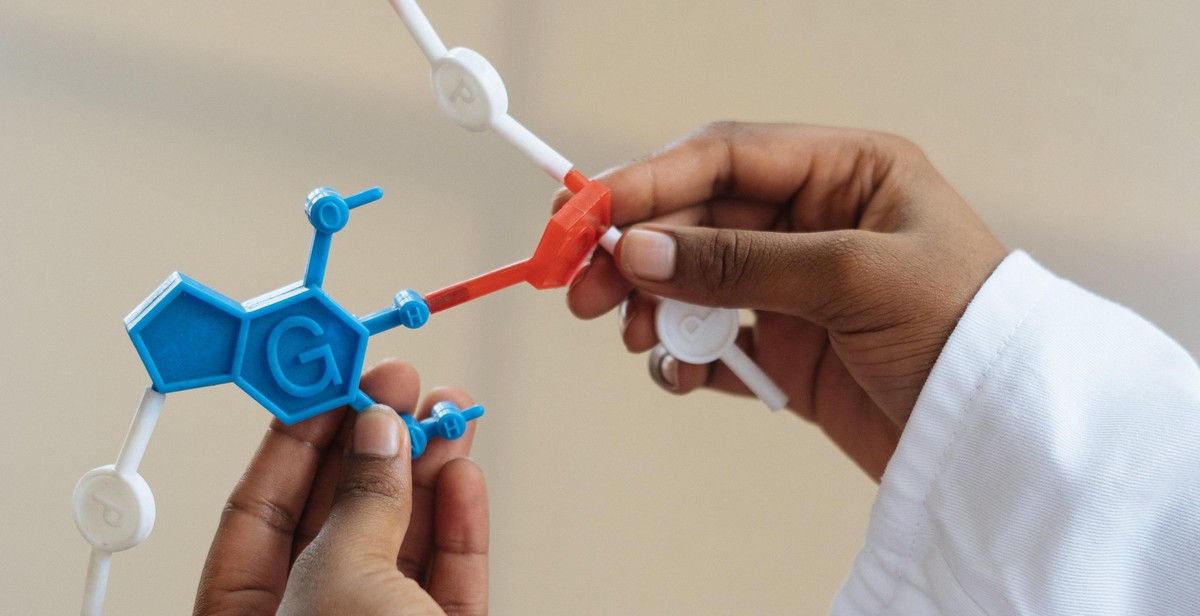How to Conduct a Cost-Benefit Analysis: Assessing Project Viability and Return on Investment
When considering undertaking a new project or investment, it is important to conduct a cost-benefit analysis (CBA) to determine its potential viability and return on investment (ROI). A CBA is a systematic process of comparing the costs of a project or investment with the potential benefits it will generate. By conducting a CBA, decision-makers can make informed choices about whether to proceed with a project or investment based on its potential financial impact.
What is a Cost-Benefit Analysis?
A cost-benefit analysis is a tool used to evaluate the potential financial impact of a project or investment. It involves identifying and quantifying all the costs associated with a project or investment, including direct costs, indirect costs, and opportunity costs. It also involves identifying and quantifying all the potential benefits that the project or investment will generate, including financial benefits, social benefits, and environmental benefits.
Why is Conducting a Cost-Benefit Analysis Important?
Conducting a cost-benefit analysis is important for several reasons. First, it helps decision-makers determine the potential financial impact of a project or investment, which is critical for making informed choices. Second, it helps decision-makers identify and prioritize the costs and benefits associated with a project or investment, which can help them allocate resources more effectively. Finally, it provides a framework for ongoing evaluation and monitoring of the project or investment, helping decision-makers adjust course if necessary to ensure its success.

Step 1: Identify Costs and Benefits
Conducting a cost-benefit analysis (CBA) is an essential part of assessing the viability of any project or investment. The first step in this process is to identify all the costs and benefits associated with the project. This will help you determine whether the project is worth pursuing and what the potential return on investment (ROI) might be.
Identifying Costs
The costs associated with a project can be broken down into two categories: direct costs and indirect costs. Direct costs are those that are directly attributed to the project, such as materials, labor, and equipment. Indirect costs are those that are not directly attributed to the project but are still necessary for its completion, such as rent, utilities, and insurance.
When identifying costs, it is important to consider both short-term and long-term costs. Short-term costs are those that are incurred during the initial stages of the project, while long-term costs are those that will be incurred over the life of the project.
It is also important to consider any potential risks or unforeseen costs that may arise during the project. These should be factored into the cost-benefit analysis to ensure that the project remains viable and profitable.
Identifying Benefits
The benefits associated with a project can also be broken down into two categories: direct benefits and indirect benefits. Direct benefits are those that are directly attributed to the project, such as increased revenue or cost savings. Indirect benefits are those that are not directly attributed to the project but are still positive outcomes, such as improved customer satisfaction or increased employee morale.
When identifying benefits, it is important to consider both short-term and long-term benefits. Short-term benefits may include immediate revenue or cost savings, while long-term benefits may include increased market share or improved brand reputation.
It is also important to consider any potential risks or unforeseen benefits that may arise during the project. These should be factored into the cost-benefit analysis to ensure that the project remains viable and profitable.
| Costs | Benefits |
|---|---|
| Cost of materials | Increased revenue |
| Labor costs | Cost savings |
| Equipment costs | Improved customer satisfaction |
| Rent and utilities | Increased market share |
| Insurance | Improved brand reputation |
By identifying all the costs and benefits associated with a project, you can make an informed decision about its viability and potential ROI. This information can also be used to develop a comprehensive project plan that takes into account all the necessary resources and potential risks or benefits.

Step 2: Assign Monetary Value to Costs and Benefits
After identifying all the costs and benefits associated with a project, the next step is to assign a monetary value to each of them. This involves quantifying the financial impact of each cost and benefit, which will help in determining the net present value (NPV), internal rate of return (IRR), and payback period of the project.
Assigning Monetary Value to Costs
The first step in assigning monetary value to costs is to identify all direct and indirect costs associated with the project. Direct costs are those that can be specifically attributed to the project, such as labor, materials, and equipment. Indirect costs, on the other hand, are those that are not directly related to the project but are necessary for its completion, such as overhead expenses.
Once all costs have been identified, they need to be quantified in monetary terms. This can be done by estimating the cost of each item or by using actual cost data if available. It is important to be as accurate as possible when assigning monetary value to costs, as any inaccuracies can result in incorrect project viability calculations.
Assigning Monetary Value to Benefits
Assigning monetary value to benefits can be more challenging than assigning value to costs, as benefits are often intangible or difficult to quantify. However, it is important to assign a monetary value to each benefit in order to accurately calculate the project’s return on investment.
The first step in assigning monetary value to benefits is to identify all potential benefits associated with the project. This may include increased revenue, cost savings, improved efficiency, and increased customer satisfaction.
Once all benefits have been identified, they need to be quantified in monetary terms. This can be done by estimating the financial impact of each benefit or by using actual financial data if available. In some cases, it may be necessary to use qualitative measures, such as customer satisfaction surveys, to assign a monetary value to a benefit.
Example:
| Costs | Monetary Value |
|---|---|
| Labor | $50,000 |
| Materials | $20,000 |
| Overhead Expenses | $10,000 |
| Total | $80,000 |
| Benefits | Monetary Value |
|---|---|
| Increased Revenue | $100,000 |
| Cost Savings | $30,000 |
| Improved Efficiency | $20,000 |
| Increased Customer Satisfaction | $10,000 |
| Total | $160,000 |

Step 3: Calculate the Net Present Value
Net Present Value (NPV) is a financial metric used to calculate the present value of future cash inflows and outflows of a project, discounted at a predetermined rate. It is an essential component of a cost-benefit analysis as it helps determine the profitability of a project based on its expected cash flows.
What is Net Present Value?
Net Present Value is the difference between the present value of cash inflows and the present value of cash outflows over a period of time. It is calculated by discounting all future cash flows to their present values, using a predetermined discount rate, and then subtracting the initial investment. A positive NPV indicates that the project is profitable, while a negative NPV indicates that the project is not profitable.
Calculating Net Present Value
The formula for calculating NPV is:
| NPV = | Σ(CFt / (1+r)t) – Initial Investment |
|---|
Where:
- CFt = Cash flow in year t
- r = Discount rate
- t = Year
To calculate NPV, follow these steps:
- Estimate the cash inflows and outflows for the project over a specific period of time.
- Determine the discount rate, which is the rate used to discount future cash flows to their present value.
- Calculate the present value of each cash flow by dividing the cash flow by (1+r)t, where t is the year of the cash flow.
- Add up all the present values of the cash inflows and outflows.
- Subtract the initial investment from the total present value of the cash flows to get the NPV.
It is important to note that the discount rate used in the NPV calculation should reflect the risk associated with the project. A higher discount rate indicates a higher risk, which means that the project’s cash flows are worth less in today’s dollars.
By calculating the NPV, you can determine the profitability of a project and make an informed decision about its viability and return on investment.

Step 4: Analyze the Results
Once you have completed your cost-benefit analysis, it is time to analyze the results. This involves interpreting the data that you have collected and considering other factors that may impact the viability and return on investment of your project.
Interpreting the Results
The first step in analyzing the results of your cost-benefit analysis is to interpret the data. This involves looking at the costs and benefits of your project and determining whether the benefits outweigh the costs, and if so, by how much.
If the benefits outweigh the costs, this indicates that your project is viable and has a positive return on investment. However, it is important to look at the magnitude of the difference between the benefits and costs, as this will give you an idea of how much value your project will generate.
If the costs outweigh the benefits, this indicates that your project is not viable and has a negative return on investment. In this case, you may need to reconsider your project or look for ways to reduce costs or increase benefits.
Considering Other Factors
While the results of your cost-benefit analysis are important, they are not the only factor to consider when assessing the viability and return on investment of your project. Other factors to consider include:
- The impact of the project on stakeholders
- The potential risks and uncertainties associated with the project
- The impact of external factors, such as changes in the market or regulatory environment
- The availability of resources, including funding, personnel, and technology
By taking these factors into account, you can gain a more comprehensive understanding of the viability and return on investment of your project.
| Costs | Benefits | Result |
|---|---|---|
| Total cost of project | Total benefit of project | Positive or negative return on investment |
Overall, analyzing the results of your cost-benefit analysis is a crucial step in assessing the viability and return on investment of your project. By interpreting the data and considering other factors, you can make informed decisions about whether to move forward with your project and how to optimize its potential value.

Conclusion
Conducting a cost-benefit analysis is a crucial step in assessing the viability of a project and determining its potential return on investment. By carefully considering the costs and benefits associated with a project, businesses can make informed decisions about whether to move forward with it or not.
Remember, the goal of a cost-benefit analysis is to determine whether the benefits outweigh the costs. This requires a comprehensive understanding of all the costs and benefits associated with the project, including both tangible and intangible factors.
When conducting a cost-benefit analysis, it’s important to involve all relevant stakeholders and consider all possible scenarios. This includes considering the potential risks and uncertainties associated with the project, as well as any potential external factors that could impact its success.
Overall, a well-executed cost-benefit analysis can provide businesses with valuable insights into the potential success of a project, helping them make informed decisions about where to invest their time and resources.
Key Takeaways
- Conducting a cost-benefit analysis is a crucial step in assessing the viability of a project.
- The goal is to determine whether the benefits outweigh the costs.
- It’s important to involve all relevant stakeholders and consider all possible scenarios.
- A well-executed cost-benefit analysis can provide valuable insights into the potential success of a project.
Next Steps
If you’re interested in conducting a cost-benefit analysis for your own project, there are a few key steps you can take:
- Identify all the costs and benefits associated with the project.
- Assign a monetary value to each cost and benefit.
- Calculate the net present value and internal rate of return.
- Compare the results to determine whether the benefits outweigh the costs.
By following these steps, you can gain a better understanding of the potential return on investment for your project and make informed decisions about whether to move forward with it or not.
